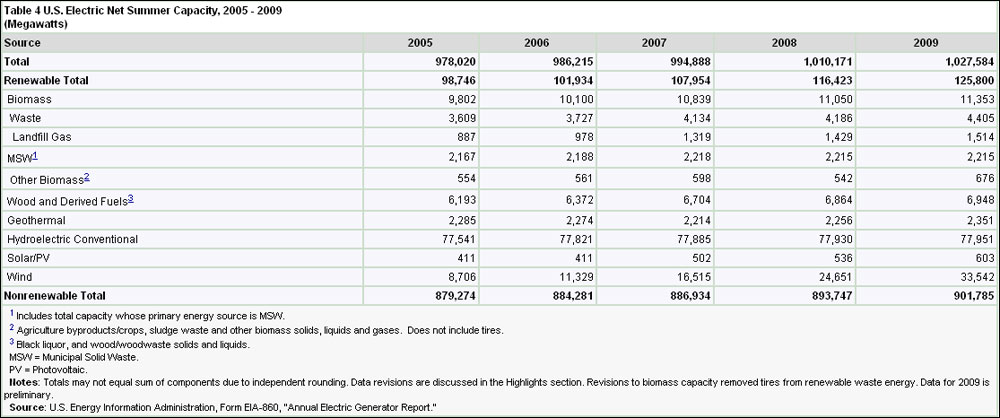US Government Approves World’s Largest Solar Project
The Blythe solar plant is the sixth on public lands to get federal approval this month.
UPDATE FROM SEPT. 25, 2010: The U.S. Department of the Interior approved California’s Blythe Solar Power Project on Tuesday, giving the final clearance before construction can begin on what will be the world’s largest solar power station.

The department offered Solar Trust of America, the project developer, a 30-year right-of-way grant to use public lands for the plant’s solar-thermal installation and transmission lines.
The 1,000-megawatt facility, which will cover 7,025 acres of federal Bureau of Land Management property in the Mojave Desert near the California-Arizona border, will use parabolic mirrors to focus the sun’s energy to generate steam for turning the turbines that generate electricity.
In September, the California Energy Commission (CEC), the state’s regulatory body, ruled that Solar Trust would need to study the relationship between groundwater flows and river flows, and submit a water supply plan before beginning withdrawals.
Solar Trust cut the plant’s water requirement 90 percent by shifting from wet cooling to dry cooling. Still, 4,100 acre-feet will be needed for the construction and 600 acre-feet annually for operations, according to the CEC’s final decision.
Solar Trust plans to withdraw the water from the Palo Verde Mesa Groundwater Basin, which lies adjacent to a groundwater basin recharged by the Colorado River.
Andrea Elliott, a communications manager for Solar Trust, told Circle of Blue that the withdrawals are unlikely to affect the river, as the Palo Verde Mesa Basin is “very remotely connected” to it.
“After construction, there will be a review,” Elliott said. “If withdrawals affect surface flows, then we will take steps to mitigate, though it is uncertain what those will be at this point.”
Because the Colorado River is fully allocated, any new consumptive use by the solar plant would need to be offset. The CEC has left it to Solar Trust to decide how it would achieve the offsets. Options include paying for conservation projects or irrigation improvements in the Palo Verde Irrigation District, fallowing land or removing tamarisks, a water-intensive invasive species.
The Blythe plant is the sixth in the country to get federal approval this month. The new solar projects will have a combined capacity of 2,800 megawatts, or roughly equal to a large coal-fired or nuclear plant, and enough to power as many as 2 million homes.
Four of the other solar plants — the Imperial Valley Solar Project, the Chevron Lucerne Valley Solar Project, the Ivanpah Solar Electric Generating System and the Calico Solar Project — will be in California; the Silver State North Solar Project will operate in Nevada.
Source: Department of the Interior
Brett writes about agriculture, energy, infrastructure, and the politics and economics of water in the United States. He also writes the Federal Water Tap, Circle of Blue’s weekly digest of U.S. government water news. He is the winner of two Society of Environmental Journalists reporting awards, one of the top honors in American environmental journalism: first place for explanatory reporting for a series on septic system pollution in the United States(2016) and third place for beat reporting in a small market (2014). He received the Sierra Club’s Distinguished Service Award in 2018. Brett lives in Seattle, where he hikes the mountains and bakes pies. Contact Brett Walton











2800 MW is equal to 2-3 nuclear or coal-fired plants. Not one.
This will have devastating ecological consequences for the flora and fauna of the mohave, one of the last great wildernesses in the US. This sort of operation would be much more appropriately placed elsewhere.
How will this affect the existing Wind Turbine contracts regarding the fees utilities pay to the existing Wind Farms and the proposed expansion of Wind Farms. This appears to be an overwhelming amount of energy added to the grid. Will this affect the smaller communities in California from adding Steam Turbine Plants to lower their energy costs to the community and be able to sell the excess to SCE or other power companies ?